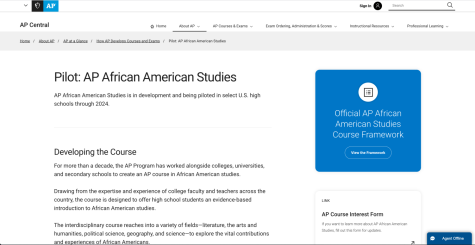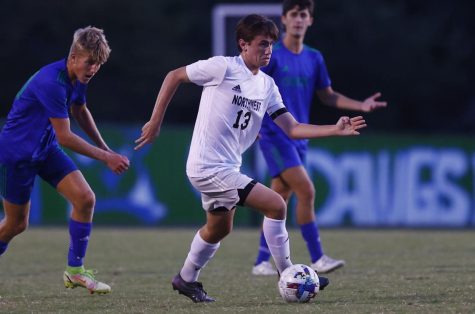Class Size: Bigger Isn’t Always Better

December 7, 2016
Would you rather be a lost face in your classroom of 30 or more students, or get the attention you need to learn? Most kids would rather have the latter because they want the education that they deserve. Smaller class sizes are the key to giving kids the education they need to be successful in life.
Here at Northwest it is becoming more and more common to have class sizes of 30 or more students. In some classes like health, there are classes with more students than there are desks. With a strong focus on test scores it seems so surprising that class sizes are rising so rapidly.
“The evidence suggests that increasing class size will harm not only children’s test scores in the short run, but also their long-run human capital formation.” says Valerie Strauss, a writer for the Washington Post.
Bigger classes means that students can easily get lost in the crowd. Teachers cannot be expected to make personal connections with each student if they have 150 or more students each day. The overload means students will not get the personal attention they need to be successful. In large classes, it is easier for students to disengage.
“The mechanisms at work linking small classes to higher achievement include a mixture of higher levels of student engagement, increased time on task, and the opportunity small classes provide for high quality teaching.” Diane Whitmore Schanzenbach, professor of human development and chair for the Institute for Policy Research’s Program on Child, Adolescent, and Family Studies, said.
Students will end up better prepared if they have smaller classes because teachers will be able to help students by working one on one with them, something that is impossible with 30 or more students in each class. If the students have this engagement and attention they will work better and will be more motivated because they will feel connected to the teacher and actually learn how to do the work.
“I am more comfy with smaller classes because you can focus more, less distractions, and more one on one with the teacher,” senior Mackenzie Meyers said. “When there is a bigger class the teacher has trouble answering all of the individual questions. This forces students to go into lunch and they have six other classes.”
Teachers like smaller classes too as smaller classes give them an opportunity to build community.
“I know that I use smaller classes to become more of a little family,” math teacher Emily Driver said. “They work with each other more, they become more comfortable with each other, and the classroom becomes a safe environment.”
If students, teacher and researchers all believe that smaller classes will lead to greater academic success and higher test scores, then what is all the continued fuss about? If school, community and state leaders all really believe what they say about wanting what is best for students, then it is clear they need to figure out a way to create smaller classes.


![[Image of two young women on their phones. Image from Pexels, a copyright free image site.]](https://nwhsjagwire.org/wp-content/uploads/2024/01/pexels-wendy-wei-3973973-600x401.jpg)







